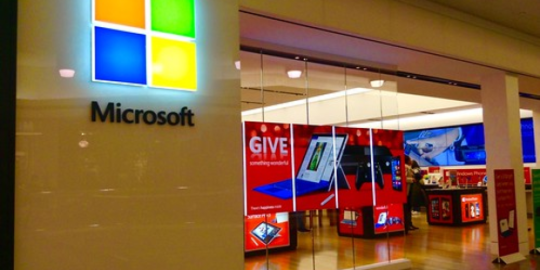
Microsoft has just announced significant updates to the Windows Subsystem for Linux (WSL) at this year's BUILD conference, promising to revolutionize the way developers interact with the platform. These updates put a spotlight on enhancing memory, storage, and networking capabilities, making WSL more efficient and secure than ever before. The introduction of a new WSL Settings GUI application marks a pivotal shift in customization and management, streamlining the user experience.
One of the standout features is the automatic release of stored memory back to Windows, thanks to the new autoMemoryReclaim=dropCache setting. This improvement, along with enhanced networking capabilities using dnsTunneling=true, is set to become the default on Windows 11 machines. For those who love to tinker, experimental features like automatic disk space reclaim and mirrored networking mode with IPv6 support are also on the horizon. These updates are designed to make WSL not just a tool, but a robust environment for modern development.
The new WSL Settings GUI application is a game-changer, aiming to simplify WSL customization by categorizing settings and showing available options. Despite this new GUI, users can still stick to their beloved .wslconfig file for configuration, ensuring that the transition is smooth and user-friendly. This balance between innovation and familiarity is a welcome move for both novice users and seasoned developers.
Security is another cornerstone of these updates, with WSL now built on zero trust principles. Microsoft Defender for Endpoint's WSL 2 support is now generally available, offering robust monitoring capabilities. Integration with Intune allows for seamless WSL settings management and enforcement of conditional access scenarios. Public previews of further Intune features and Microsoft Entra ID integration are slated for July and August, making it easier for enterprises to secure and manage their environments.
Dev Home also sees exciting new integrations, including the 'Environments' feature, which now supports WSL. This allows users to manage, launch, and create development environments within Dev Home, including Hyper-V machines and dev boxes. Contributions from Carlos Ramirez of Whitewater Foundry have enhanced WSL's utility within Dev Home significantly. Additionally, the availability of Sudo for Windows and AI-powered development environment creation in Dev Home's quickstart playground showcase Microsoft's commitment to making WSL a more powerful tool for developers.
In conclusion, Microsoft's latest updates to WSL are a clear testament to their dedication to enhancing the developer experience. From memory and networking improvements to new security features and better integration with Dev Home, these updates make WSL a more powerful, versatile, and secure environment for developers. As these features roll out, it’s clear that WSL is becoming an indispensable tool for modern development.


